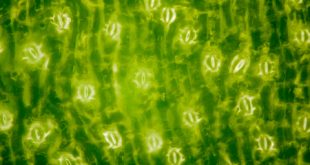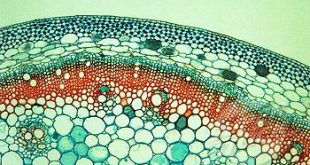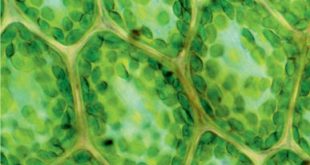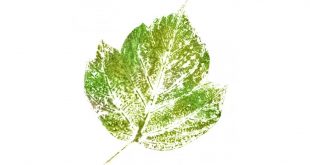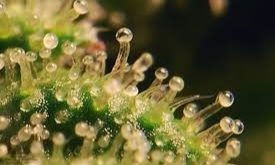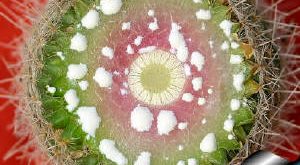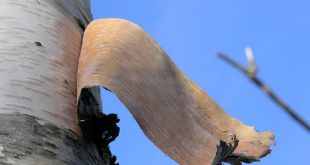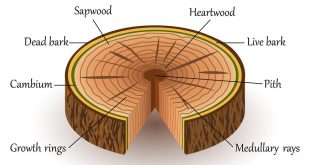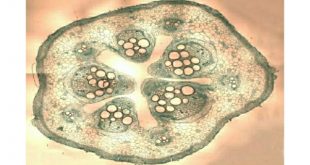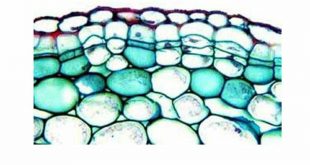Like all other living beings plants have to exchange gaseous molecules. Animals have noses that help them to breathe in and breathe out to exchange gases. But what about plants? How do plants breathe in and breathe out? Well, plants have stomata or tiny pores on their epidermis that help …
Read More »Cell wall: Origin and Growth
The cell wall is structurally and chemically different from the protoplasm. The growth in thickness of walls is evident in both primary and secondary walls. The initiation of the cell wall and how it grows is being studied here. Origin of the Cell wall The wall formation is first evident …
Read More »Cell wall: Structure and Composition
A layer of structural materials composed of polysaccharides, glycoproteins, and phenolic compounds found external to protoplasm is called the cell wall. Certainly, it defines the shape and size of the cell. In this paragraph, the structure and composition of cell walls will be discussed explicitly. Gross Structure of Cell Wall The …
Read More »Leaf Traces & Pit Pairs
Strand of fluid-carrying vascular tissue extending from the main stem to the base of a leaf is Leaf Trace. Relatively thinner portions of the cell wall that adjacent cells can communicate or exchange fluid through are called Pits. In this article, Leaf traces and Pits will be discussed explicitly. Prolongations …
Read More »External Secretory Structures
External surfaces of the plant bear several secretory structures of epidermal origin or epidermal derivatives or emergences from deeper tissues (Kisser, 1958). These include Glands, Glandular Trichomes, Nectaries, Osmophores, Hydathodes etc. In this article, these external structures of plant will be discussed briefly. Trichomes and glands In some leaves and flowers, more or less …
Read More »Secretory Tissue: A Laticiferous Discussion
The tissues that are concerned with the secretion of gums, resins, volatile oils, nectar, latex and other substances are called Secretory tissues. These tissues are mainly divided into two groups: Laticiferous tissue. Glandular tissue. In this article, Laticiferous tissue will be discussed explicitly. Laticiferous tissue A laticifer is a type of …
Read More »Bark and Lenticel: A Brief Discussion
The bark is the outermost covering of stems and roots of woody plants (especially trees) and is composed of periderm, cortex, and phloem. A lenticel is a porous tissue consisting of cells with large intercellular spaces in the periderm of the secondarily thickened organs and the bark of woody stems and roots …
Read More »Internal Structure of Wood
Wood is a porous and fibrous structural tissue found in the stems and roots of trees and other woody plants. It is an organic material – a natural composite of cellulose fibers that are strong in tension and embedded in a matrix of lignin that resists compression. In this article, Internal structure of Wood …
Read More »Anomalous Secondary Growth
Anomalous secondary growth” is the term under which have been grouped cambial conformations, cambial products, and cambial numbers which differ from the most common “normal” condition, namely, a single cylindrical cambium that produces phloem externally and xylem internally. In this article, Anomalous secondary growth, it’s causes and position will be …
Read More »Periderm: Structure and Development
Periderm is the corky outer layer of a plant stem formed in secondary thickening or as a response to injury or infection. It is a cylindrical tissue that covers the surfaces of stems and roots of perennial plants during early secondary growth; therefore it is not found in monocots and …
Read More » Plantlet The Blogging Platform of Department of Botany, University of Dhaka
Plantlet The Blogging Platform of Department of Botany, University of Dhaka
